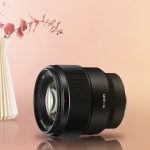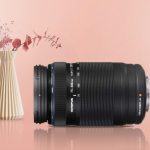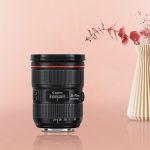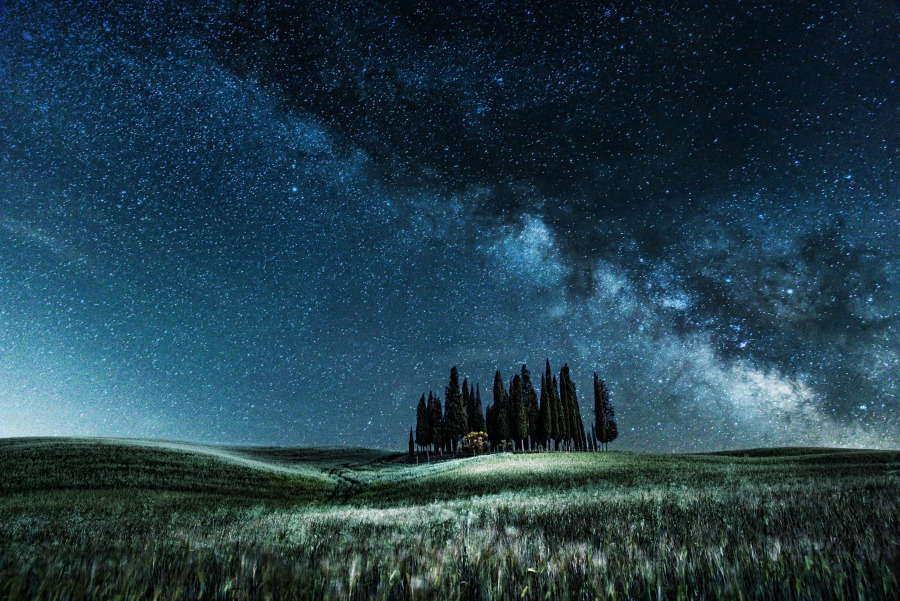
As beautiful and attractive as night sky photography is, it is not as easy to perform. If you are into astrophotography, you have probably heard of the 500 rule somewhere.
I bet you are researching it now and trying to figure out how it will help you with making your night sky pictures better and more appealing.
Star trailing is the sworn enemy of astrophotographers. They need someone to help them combat it, and that’s when the 500 rule comes to their rescue.
In today’s article, we’ll go over the 500 rule and how to use it, in order for you to improve your night sky photography.
What Is the 500 Rule?
I don’t want to make this any more complicated than it already is, but the 500 rule refers to camera settings that will assist you to obtain those sharp, stunning stars while removing the star trail.
Star trail is very common and annoying at the same time; as the name implies it requires you to use the number 500 and do some maths with it, setting the shutter speed lower or longer than that will result in star trail.
However, setting a shutter time and calling it a day isn’t enough; there’s more to it. We’ll need to do some math to get there, so those of you who are afraid of numbers can leave now.
Let’s put the jokes aside and see how you may apply the 500 rule.
How To Use The 500 Rule?
The 500 Rule on Full Frame Cameras
If you own a full-frame camera, make sure you set the ISO to 3200 or 6400 first, then your aperture as wide as possible, e:g, the f/2.8 is perfect, and lastly take the number 500 and divide it by the focal length number of your camera: and that’s the amount of time you want to set your shutter speed.
For example, let’s say that your camera’s focal length is 40mm. 500/40 = 12.5 seconds.
Something worth mentioning is that ISO is your camera’s sensitivity to light. A lower ISO number indicates less sensitivity to light, while a higher ISO number indicates more light. Some Full Frames have an exceptional response to low-light, you might want to reduce it a bit or play around till you find the perfect one.
That’s it for full-frame camera users, if you have a crop sensor camera it’s a tad different.
The 500 Rule on Crop Sensor Cameras
If you were to use the same formula on crop sensor cameras, you will end up with blurry stars, and you don’t want that.
First, make sure you know the crop factor of your camera.
- A Nikon crop sensor camera has a crop factor of 1.5
- A Canon crop sensor camera has a crop factor of 1.6
Since a new number has joined the game, yet again, you take the 500 divide it by the focal length number, and now multiply it with the crop factor of your camera.
For example, if it is a Nikon camera, 500 / (40 x 1.5) = 8 seconds.
Let’s say you own a Canon instead, 500 / (40 x 1.6) = 7.8 seconds.
A table with several focal lengths and the settings you can use can be seen below.
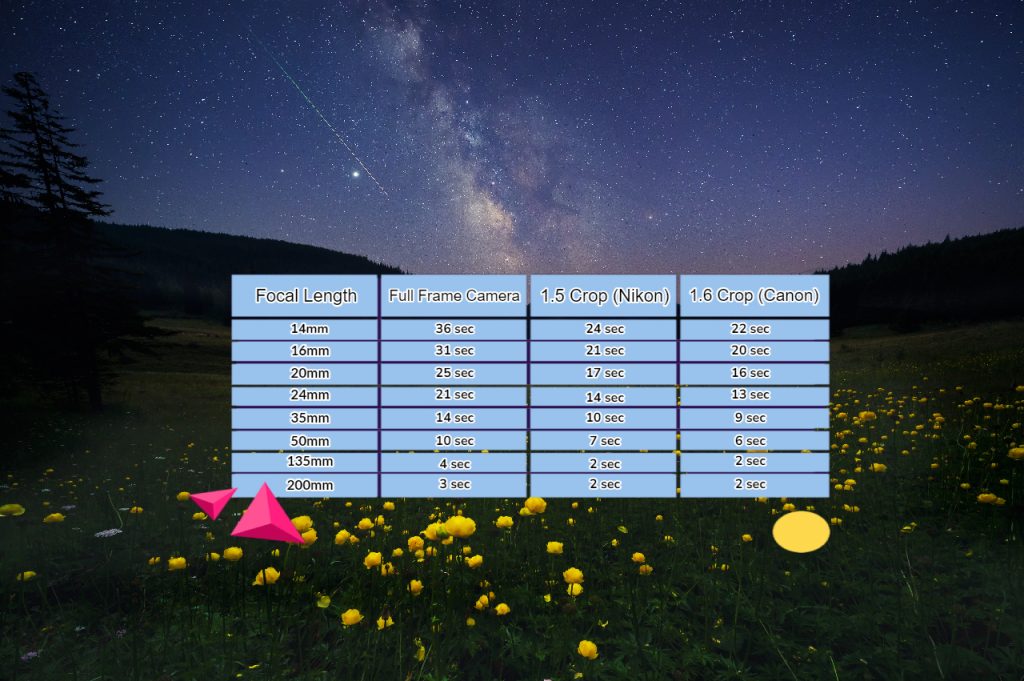
The NFP Rule
There is also another rule that I must include here. Although this latter one is quite complicated, flipping the coin is also more accurate.
(35 x aperture + 30 x pixel pitch) ÷ focal length = the ideal seconds.
If you have no clue what pixel pitch is, it implies the physical width of the camera’s sensor in millimeters.
I would aim this one formula toward photographers who were good at math class.
Don’t Take the 500 Rule For Granted
While the 500 rule is effective and has been demonstrated to work in most cases, use it with caution.
There is no such thing as perfection, and this guideline is no exception. You might still see some blurry stars now and then; which is quite understandable since the trick with night photography is that you compromise on quality on a lot of occasions.
Before shooting the sky, I would strongly advise performing some testing.

What’s Next?
Astrophotography is such a great way to show your love for photography, it has that spiritual feeling to it. Astrophotography is the photography of astronomical objects such as stars, the moon, the sun, planets, asteroids, and galaxies.
When it comes to capturing photographs of the night sky, it’s difficult to know where to start. I’ll be happy to help you.
So, you have a camera, you’ve learned the 500 rule, but there’s something lacking, right?
Sure, it does.
There are two more essential things you will need when doing astrophotography, that’s a tripod and some lenses.
If you wonder where you can find the right ones, don’t worry because I got just the answer for you.
In my previous articles, I have compiled a list of the best possible lenses for astrophotography, there are also a few extra tips that will be useful for you to know.
That’s not all, I also have listed some tripods that will do wonders when it comes to photographing the night sky.
Just don’t forget to bring a cup of coffee and a warm blanket for those chilly night breezes.
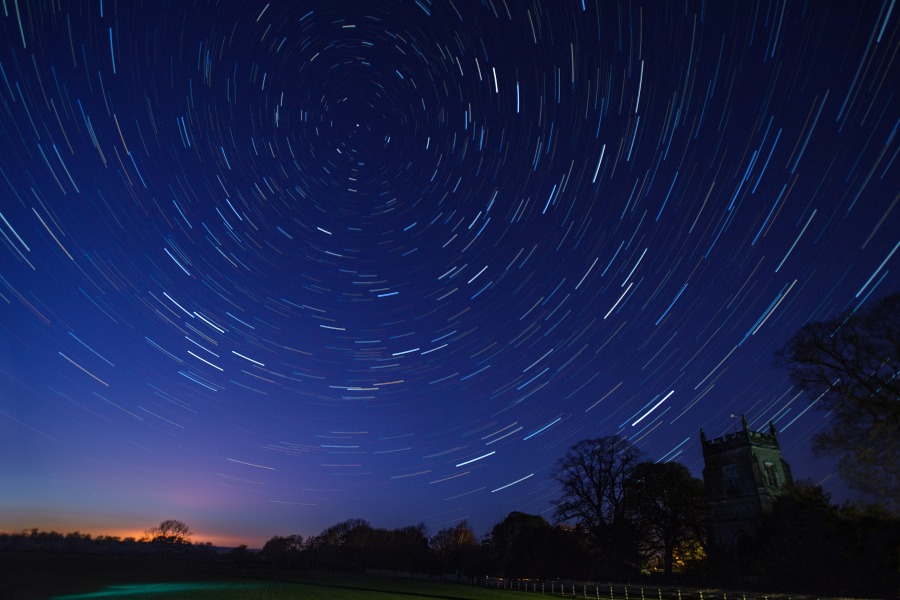
Final Words
Despite its flaws, the 500 rule is still a great approach that will come in handy the majority of the time. Regardless of whether you are a beginner, a hobbyist, or a professional, this guideline will be beneficial to all skill levels.
Don’t forget to check your camera if it is a crop sensor one or full-frame, using the wrong settings might really make things messy.
Another thing to keep in mind is that you shouldn’t put too much focus on the 500 rule. Although it is necessary for astrophotography, there are instances when you wish to make those star trails appear. They give the image a pleasing aesthetic feel.
The NFP rule should also not be neglected. It is complicated, however, keep in mind that the accuracy is far better than the 500 rule.
Guys, that’s it; I hope I’ve given you some insight into astrophotography and the 500 rule.

Photographer & Writer
I specialize in landscape, street and portrait photography and I have been featured in various galleries and publications. I believe that photography is a way to tell stories!
